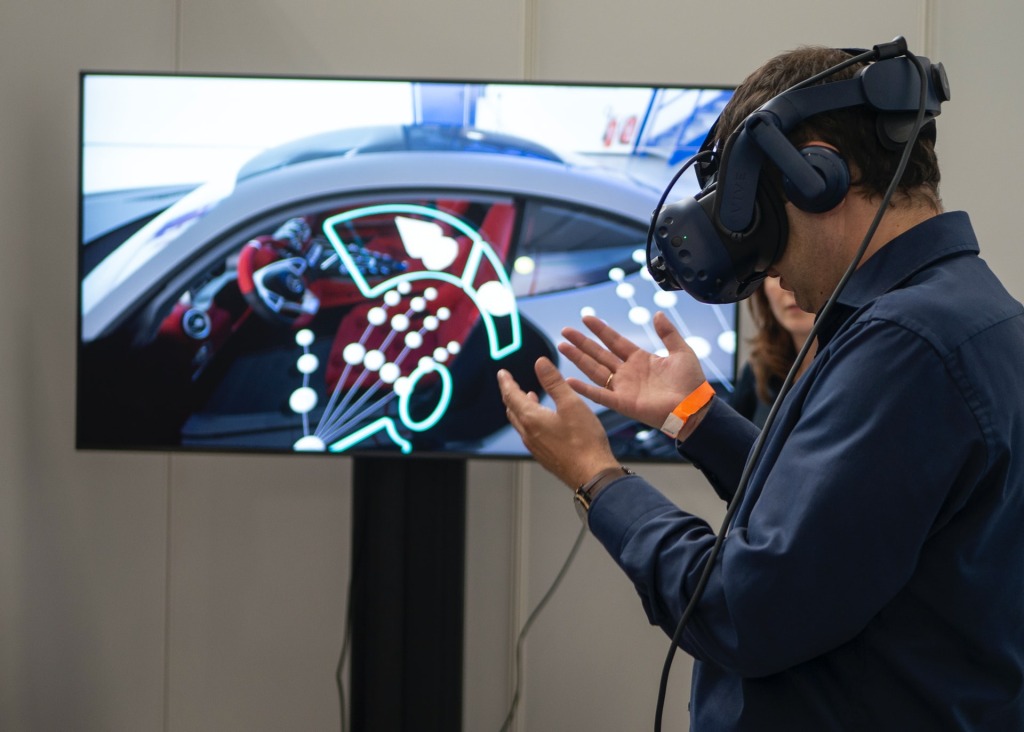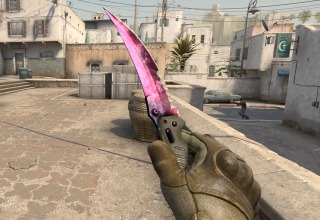The metaverse itself isn’t an entirely new concept. In fact, the term was coined by sci-fi author Neal Stephenson back in the early 1990s. In his cerebral tale, Snow Crash, Stephenson imagines a multitude of new technological concepts, with the metaverse being one of the most evocative. In the metaverse of Snow Crash, individuals can use personalized digital avatars to commune with one another in a virtual setting. These digitized selves can also be used to commune with wholly artificial intelligences and computer programs.
The metaverse as described in Snow Crash is far more than a virtual reality, however. It’s instead a combination of the internet, a multitude of virtual environments, as well as augmented reality technology. In the real world, a true metaverse will also need to be far more than a virtual environment, even if it is chiefly to be utilized by the gaming sector.

Key Characteristics of a True Metaverse
The hypothetical metaverse is often considered to be an evolution of the internet. In theory, the internet is a kind of metaverse itself, providing a virtual space where people can communicate with each other in real time. However, there’s an array of obstacles that hold back the internet of today from becoming a truly interconnected environment, particularly where gaming is concerned.
The shared virtual space of a metaverse is almost always required to feature immersive 3D environments. These do not necessarily have to be photo-realistic, but hyper-realism is definitely preferred. These individual 3D environments also need to linked together as seamlessly as possible to produce an accessible metaverse. Countless loading screens are obvious barriers to a true metaverse. Another hallmark of a metaverse is a persistent world. In other worlds, the virtual world continues to exist, even if an individual isn’t actively engaging with. Events occur and the virtual landscape is changed in the absence of an individual.

A true metaverse will also almost certain to have its own economy. This economy will not just ensure financial investment to develop infrastructure, but also engage participation. Individuals will allow people to create content within the metaverse world, producing content and products that can be used exclusively within it. This virtual economy is not merely a superficial feature, but a viable commodity that will help drive infrastructure development.
Gaming Metaverses
Although many initial forecasts put confidence behind the likes of Google and Facebook building the first bona fide metaverse, the gaming sector has beaten many of the tech giants to the post. Massively multiplayer online games like Fortnite are considered by many to be pioneers in the world of multiverse gaming. Fortnite and similar titles do indeed bear staple features of a metaverse. There’s a persistent virtual world populated by the digital avatars of flesh and world players. Scheduled game events, as well as more spontaneous ones, are also commonplace in the world of Fortnite.
Fortnite has a long way to go before it emerges as a true metaverse, but that evolution may be not that far off at all. Epic Games, the developer behind Fortnite, recently threw 1 billion dollars of funding behind new projects, including ones focused squarely on developing multiverse gaming.
Barriers to a True Gaming Metaverse
Many other gaming titles exhibit the signatures of a metaverse. Platforms like 1337PRO showcase an appetite for MMO gaming, with the likes of Call of Duty and World of Warcraft proving incredibly popular. Like Fortnite, World of Warcraft has metaverse characteristics in its DNA. However, World of Warcraft also demonstrates the many barriers that need to be broken down in order for us to fully realize metaverse gaming.
Although Blizzard’s World of Warcraft offers gamers a fairly persistent world to play in, this world is somewhat limited. For starters, it’s a closed system, with only registered players with access to software and compatible hardware able to participate. Even then, those able to play the game can’t engage with every other active player. Currently, there are around five million active World of Warcraft players. This is just a fraction of the gaming community as a whole. To accommodate these five million players, Blizzard needs to segment the playing community across multiple servers, meaning many players will never have the chance to engage with certain virtual worlds and demographics.

The Future of Metaverse Gaming
For metaverse gaming to be able to realize its true potential, a great deal of investment and development is needed. The advent of augmented reality will go a long way in improving immersive gaming experiences, but it’s more basic principles that require time, money and attention. Cross-platform connectivity will make virtual worlds more accessible and in turn, far more akin to a true metaverse. Refinements to severs and increased sever capacity is also required. Once the pillars of infrastructure have been taken care of, more complex metaverse attributes can evolve, ushering in a new era of next-generation gaming.
Last Updated: November 8, 2021





















